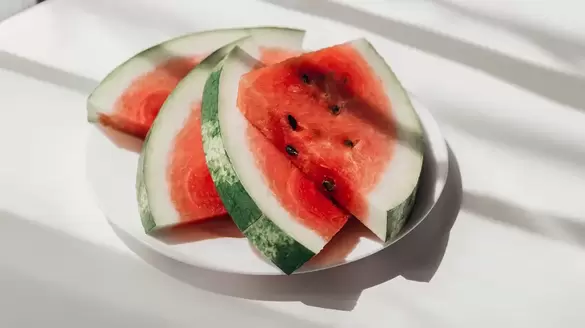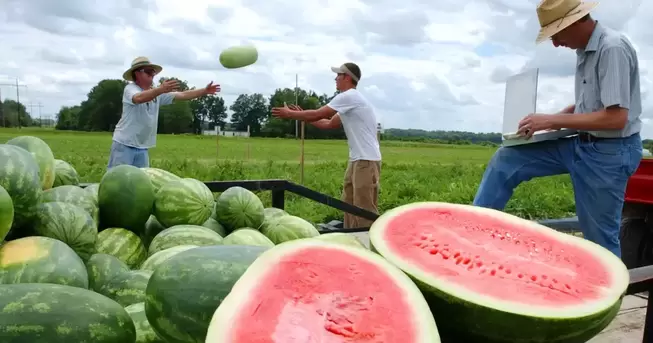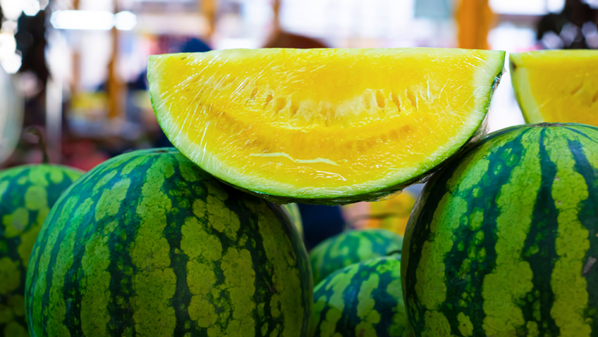Your Dietitian’s Choice this week is personal watermelon for $4.99 each from July 22nd thru July 28th.
Everyone knows watermelon – green and striped on the outside, pink and red on the inside. A summer staple, watermelon is a delicious and juicy snack to enjoy while they are still available this season. Did you know that watermelon originated from South Africa five millenniums ago? Watermelon has much evolved from how they were 5,000 years ago, but there is still debate whether it is a fruit or vegetable. Read more to learn about watermelon.
The Origin of Watermelon
The first watermelons can be traced back to the deserts of southern Africa, where it still grows wild today. Watermelons used to be tough, drought-tolerant, and used for its ability to store water for tribes crossing the Kalahari Desert.
The first recorded watermelon harvest occurred about 5,000 years ago in Egypt. Egyptian hieroglyphics have depictions of watermelon on the walls of ancient buildings. Watermelons were often placed in the burial tombs of kings to nourish them in the afterlife. Watermelons were then brought to countries along the Mediterranean Sea by merchant ships. By the 10th century, watermelon made it to China, now the world’s top producer of watermelons.
Watermelons were spreading through the rest of Europe through the Moors by the 13th century. The Greeks and Romans considered watermelon to have medicinal properties and healing properties. Watermelon was also used as a diuretic and treatment for children who suffered a heatstroke. By the 17th century, watermelon was widely planted throughout Europe and had become a familiar garden crop in the warmer areas.
European colonists and the African slave trade are thought to have introduced watermelon to the Americas. It was found growing in Florida as early as 1576 and in Massachusetts by 1629. Thomas Jefferson grew watermelon at Monticello and the Native Americans from the Mississippi Valley south to Florida grew them as well.
Watermelon selection (saving the seeds of superior melons) began almost as soon as the crop was cultivated. However, during the 20th century, the USDA funded a watermelon breeding project at its Charleston, SC facility. One product of this research was a large, oblong light green melon that became known as “the grey melon from Charleston.” Nearly 70 years later, Charleston Grey watermelons are still widely planted variety known for its high yields, disease resistance and table quality.
Did you know there is also yellow watermelon? Yellow watermelon was cultivated around 5,000 years ago in Africa before the well-known pink and red watermelon varieties. The yellow varieties usually taste a bit sweeter and have a more honey-like flavor in comparison to the pink ones. However, yellow watermelon lacks lycopene, the antioxidant that makes tomatoes red. Instead of lycopene, yellow watermelon has beta-carotene, which is a powerful antioxidant that protects against cancer.
The Fruit or Vegetable Debate
Watermelon, also known as Citrullus lanatus, is a member of the Cucurbitaceae plant family. This plant family is composed of similar garden vegetables such as cucumber, squash, pumpkin and musk melon and are planted from seeds or seedlings. Members of this family are monecious, meaning they bear separate male and female flowers on the same plant. The edible part is known as a pepo, which is a ripened fruit with watery flesh and a hard rind. Since watermelon is grown using vegetable production systems, watermelon is considered a vegetable.
In places like China, the outer rind of the watermelon is used as a vegetable. They stir-fry, stew or pickle the rind. Pickled watermelon rind also is common Russia and in the southern United States.
Even though watermelon is considered a vegetable, it is popularly used as a fruit. As a sweet enhancer or fun accompaniment to everyday meals, it is commonly cubed, balled, sliced and enjoyed fresh. Botanically, like peppers, tomatoes, and pumpkins, watermelon is a fruit. Loosely considered a type of melon, watermelon has a smooth exterior rind and a juicy, sweet interior flesh. Whether you consider watermelon a vegetable or fruit, it is all up to perspective
Watermelon Panzanella Salad
– 4 cups stale or fresh rustic sourdough bread or peasant bread, cut into cubes
– 1 1/2 lbs watermelon, sliced or cut into bite sized chunks
– 8 ounces cherry tomatoes, halved
– 1 cucumber, seeds removed, quartered and sliced
– 1/2 red onion, thinly sliced
– 1 bunch basil, cut chiffonade
– 1/3 cup extra virgin olive oil
– 2 tablespoons red wine vinegar
– Pinch of salt and black pepper
Directions
1. If using fresh bread: Preheat oven to 300˚F. Place bread cubes on a baking sheet and drizzle with 1 tablespoon olive oil and a pinch of salt. Bake for 15 minutes, until dried out and crunchy. Remove and set aside to cool. (If using stale bread, skip this step).
2. In a large mixing bowl, toss watermelon, tomatoes, onion, and cucumber together. Set aside to rest while making the vinaigrette.
3. Make the vinaigrette: Combine all ingredients and whisk together until thoroughly combined.
4. Add the stale (or previously dried out) bread cubes and vinaigrette to the watermelon mixture. Toss until thoroughly combined.
5. Let the salad sit for about 20 to 30 minutes, to let dried bread infuse with the salad juices. Stir occasionally if desired to keep vinaigrette thoroughly mixed.
6. Add basil chiffonade just before serving.
https://www.watermelon.org/watermelon-101/facts-faqs/
https://ipm.missouri.edu/MEG/2020/7/watermelon-DT/
https://helloyummy.co/mustard-watermelon/
https://www.yahoo.com/lifestyle/dont-judge-tried-enjoyed-watermelon-195115681.html
https://farmflavor.com/lifestyle/what-is-yellow-watermelon/









